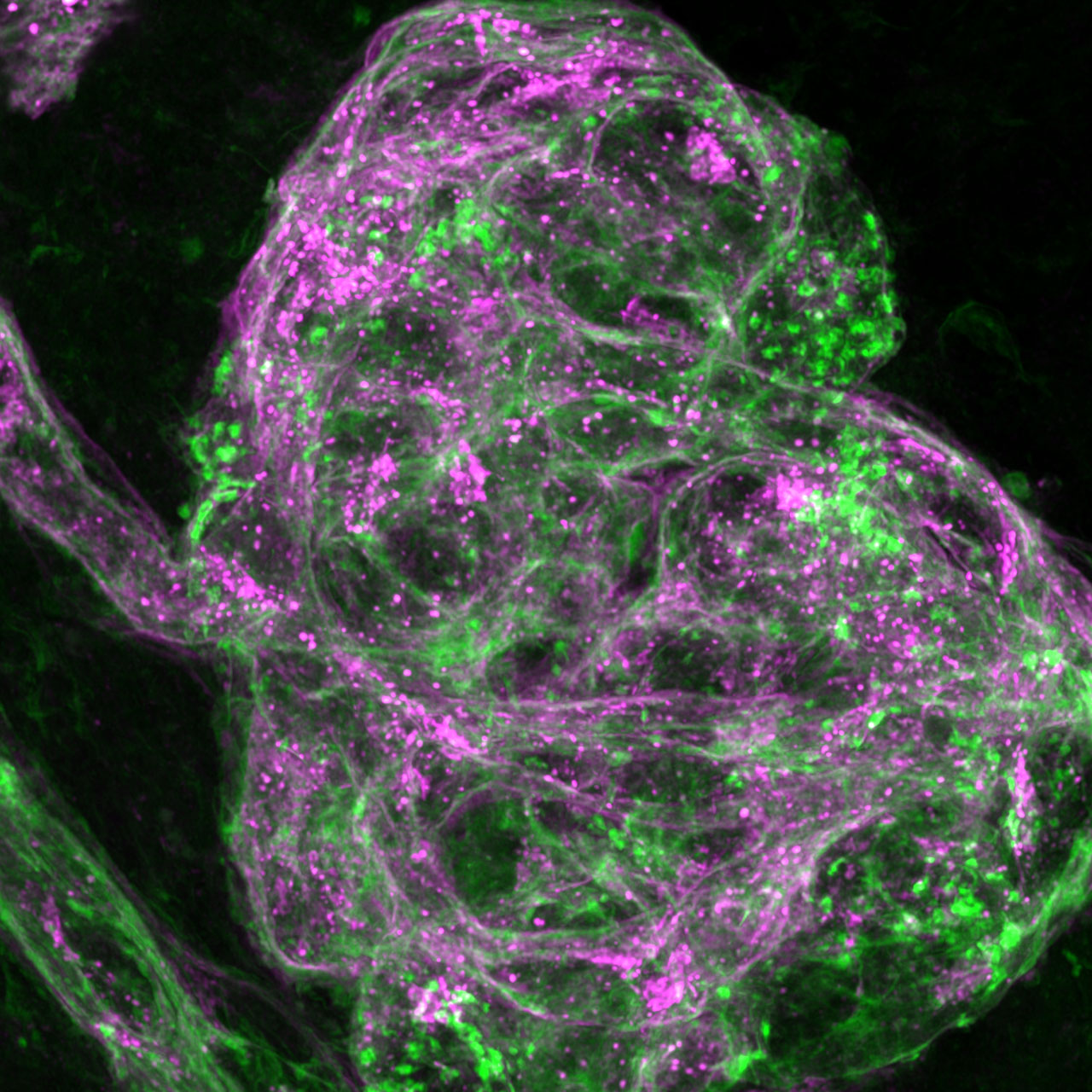What are the mechanisms leading to pathological vascular growth and leakage in eye disease?
In Australia, diabetic retinopathy is one of the five leading causes of blindness among adults, and with 1.6% of adults suffering vision-impairment from this disease, it is a huge burden on the national health system.
Objective/mission (the vision)
In patients with retinopathies, blood vessels grow abnormally and are leaky, which can cause retinal detachment and blindness. This project aims to decipher the molecular mechanisms responsible for cell-cell adhesion and blood vessel barrier function during pathological retinal angiogenesis.
Research approach (the initiative)
We have identified a pathway that becomes activated in blood vessels in pathological settings, however is dispensable for normal growth and maintenance of the healthy retinal vasculature. To further investigate this pathway in models of retinopathy, we use novel approaches in live-imaging, genetic mouse models, detailed imaging of cell biological events and pathway specific readouts.
Impacts and applications
Currently, very few signalling pathways have been identified which are activated specifically in pathological blood vascular growth, and how the blood retinal barrier is differentially regulated in pathological vessels versus normal vessels remains largely unknown. This research will characterise a novel pathway activated in pathological vessels, allowing us to specifically block disease-induced vessel growth and leakage. This will lead to vascular normalisation in diseased vessels, while leaving healthy vessels unaffected.
Partners/collaborators
- Professor Lena Claesson-Welsh, Uppsala University, Sweden.
- Professor Paul Timpson, The Garvan Institute of Medical Research, Sydney, Australia



